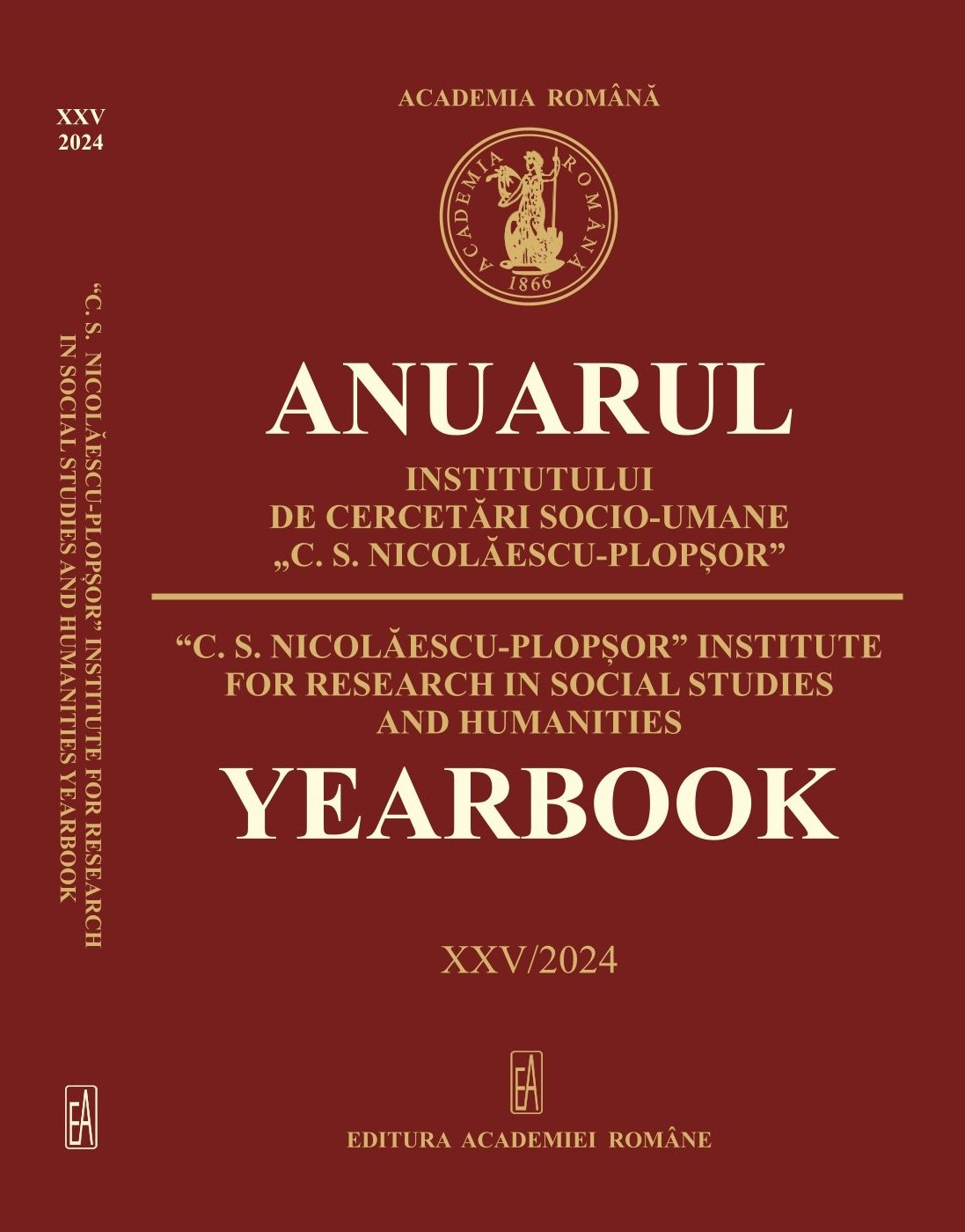Some Considerations Regarding the Prehistoric Habitat in Interdependence with Geomorphological and Climatic Elements in Oltenia (I)
Some Considerations Regarding the Prehistoric Habitat in Interdependence with Geomorphological and Climatic Elements in Oltenia (I)
Author(s): Simona Lazăr, Anca CeaușescuSubject(s): Historical Geography, Prehistory
Published by: Editura Academiei Române
Keywords: Oltenia; natural environment; human settlements; the prehistory; permanent housing;
Summary/Abstract: The peculiarities of the natural setting, together with the social-historical conditions inherent in the territory between the Carpathians and the Danube, played an important role in the process of appearance and evolution of the human settlements in this geographical area.Human settlements can be found most often on the rivers, near the sources of drinking water, especially on the lower or middle terraces, where there were favorable conditions for cereal cultivation. They provided drinking water and an important source of food, fish, but also a great communication opportunity. Neolithic settlements have been identified in river beds, in flood-free areas, on the edges of terraces, on low terraces, on the Danube islands, on the edge of lakes, in caves or in shelters under the rock.The archaeological documentation allows us to observe in the Bronze Age and the Iron Age that, in parallel with the existence of a “scattered” habitat, similar to the communities that used grazing to make a living, there are also some reinforced settlements which, with the proliferation of customs, shows the existence of leaders who were interested in affirming and maintaining social prestige.
Journal: Anuarul Institutului de Cercetări Socio-Umane „C.S. Nicolăescu-Plopșor”
- Issue Year: 2024
- Issue No: XXV
- Page Range: 9-22
- Page Count: 14
- Language: English

